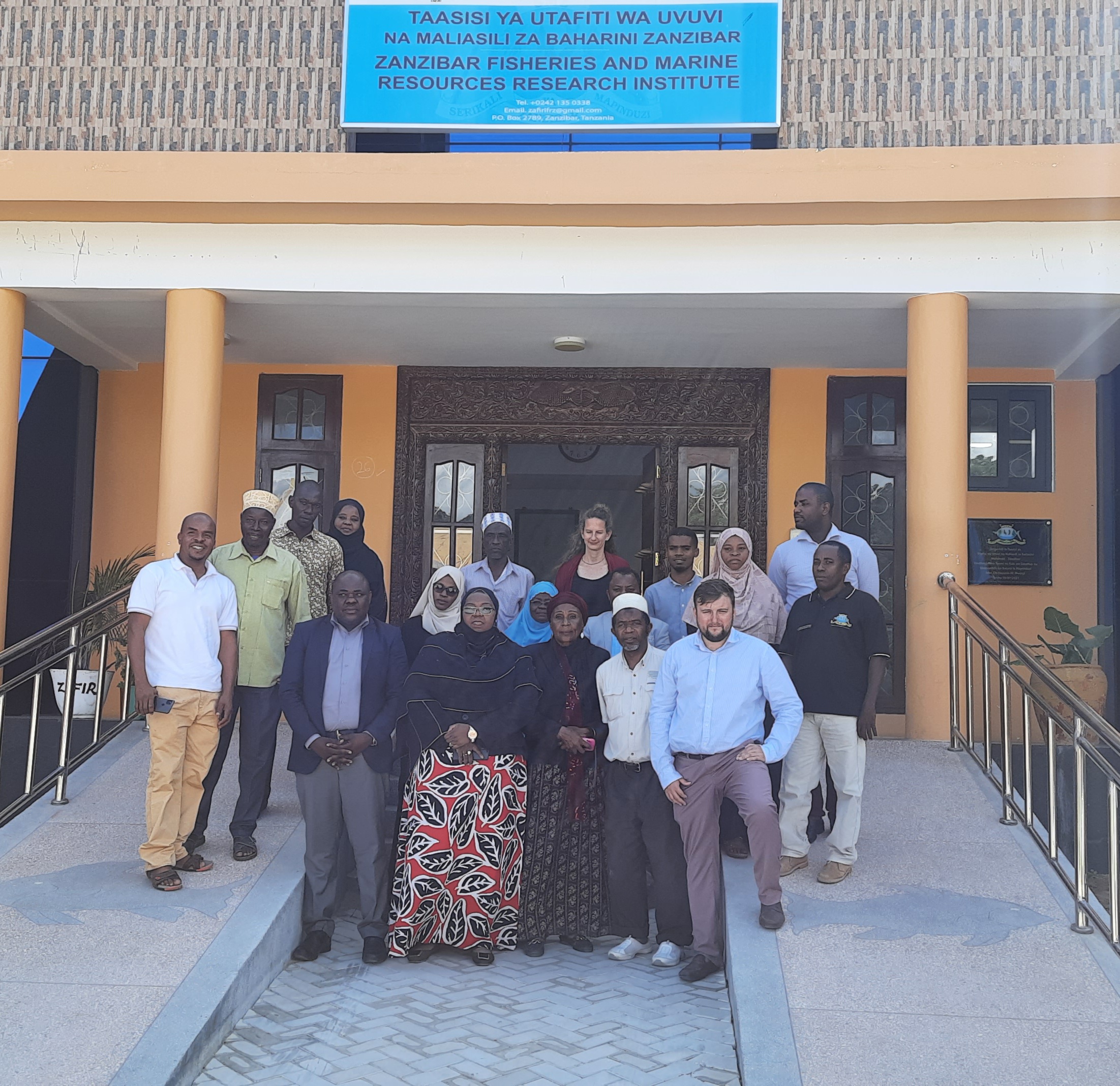

CHICOP closely collaborates with representatives from neighboring communities, facilitated through regular village meetings and the establishment of an MPA advisory committee. The park actively engages with the local communities to gather their feedback and incorporate it into the planning and decision-making processes for adaptive management planning and implementation. A recurring 10-year management plan provides the bedrock for the Chumbe project (now in its 3rd iteration). Feedback to planning is collected through in-person interviews and meetings, ensuring open and transparent communication channels with the local communities. Moreover, by providing extensive employment opportunities for the local communities (both on the island, and through supporting a range of off-island enterprises that contribute to island operations, such as sustainable agricultural products, organic soap production and the like), Chumbe fosters mutual benefits, sustainable livelihoods, and ensures strong representation of local community considerations in all aspects of management.
- Collecting opinions through regular meetings with the villagers and engaging in discussion with local authorities, such as the Ministry of Blue Economy and Fisheries and the Department of Forestry, is a key factor for success in ensuring the protection of the island’s biodiversity.
- The privately managed governance model adopted by the island brought significant advantages in management without generating conflicts of interest among different stakeholders or changes in priorities by the government.
The successful conservation of Chumbe Island would not be possible without the active involvement, engagement, and support of local communities. The direct contribution and willingness to participate are critical factors for success. It is important to foster an open and inclusive environment where different voices can be heard, and mutual understanding can be built. By actively engaging with and listening to the local communities, a strong sense of ownership and collaboration can be fostered, leading to more effective and equitable conservation efforts